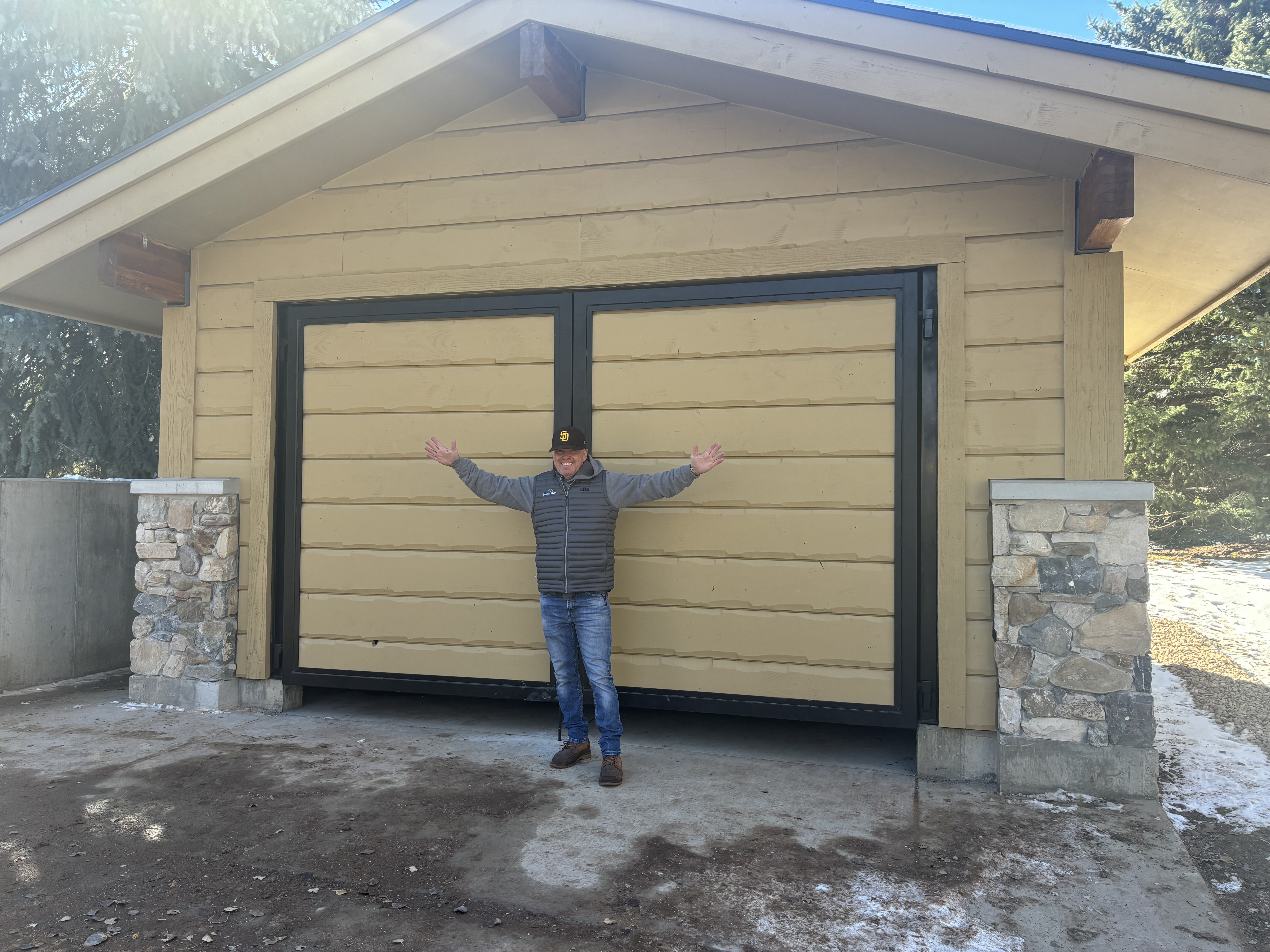Budgeting season is upon us and this year seems particularly difficult given the high rate of inflation we are experiencing in the Mountain West and the continued shortage of labor driving up prices for this services-heavy industry.
For the 15 HOAs that we manage in Park City, there are three primary budgeting strategies that our Boards follow:
#1 – cover operating + capital expenses each year in the budget: The best run HOAs that we manage budgets with a “pay as you go” strategy. This means that each year, they set their dues at the level required to fully cover all of their operating and capital expenses for the year with any surplus transferred to the “rainy day fund” at the end of the year. The benefits of this strategy are that there are no special assessments and the projects that need to get done get done. The downside is that dues can vary year to year, especially in project heavy years (e.g., roof replacements). The Board counterbalances this by diligently setting and adhering to maintenance schedules that even out the project expenses (e.g., 3 roofs replaced every year, 11 buildings painted each year, landscaping beds mulched in three-year phases, etc.)
#2 – Cover operating expenses + save in accordance with reserve study: HOAs in this category set their dues at the level required to fully cover all of their operating expenses plus the reserve contribution as recommended in their reserve study. This strategy works well if the underlying expense estimates and timelines for capital projects in the reserve study align with reality. This can work well for small to mid-size HOAs where it’s more difficult to spread projects out in even cycles so that they have the money when a needed capital project is due.
#3 – Cover operating expenses + primarily special assessments for capital projects: While this strategy keeps regular dues the lowest of the three, it is the most difficult for Boards to manage as you are constantly going to the well asking owners for special assessments in order to fund projects. While this strategy has the appearance of keeping money in the pockets of your owners longer, it can be more expensive in the long run as you most likely spend money and time for your management company and attorney to prepare for and pass special assessments. You also run the risk of assessments not passing since the threshold for passage can be difficult to achieve even for projects that are needed (e.g., roof replacements or deck re-builds).
It can be difficult for Boards to move towards strategies #1 and #2, the trick is clear goal setting and communication with your owners on why you are following the strategy you select. At Model HOA, we are spreadsheet nerds who love budgeting and helping our Boards set and execute their budgeting strategies.






